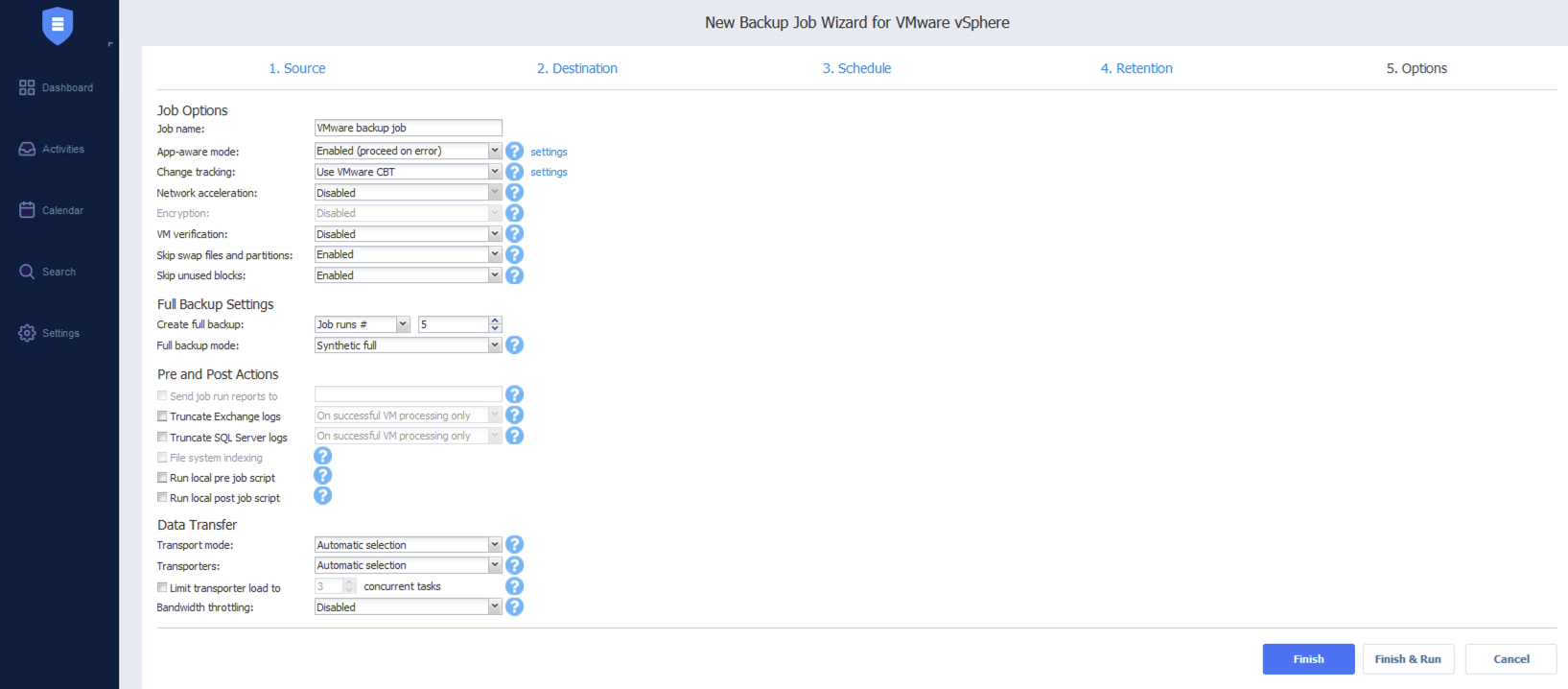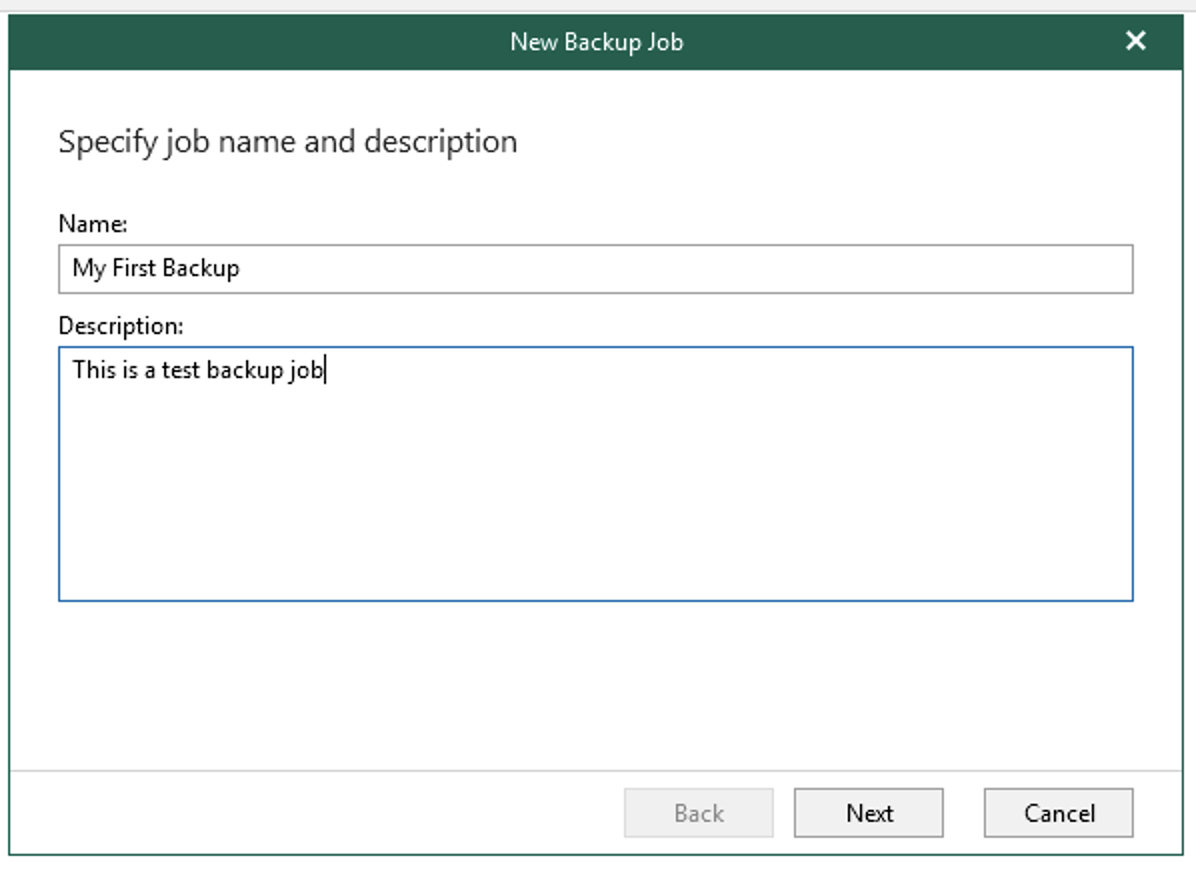

I managed to get a single water block with (3) G1/4 connections that will cool both CPUs and the VRM chokes/converters. This will fit nicely as my home NAS for a water-cooled dual EPYC virtualized server/workstation build underway. L2ARC: striped pair of read-intensive/larger SSDs like the Gigabyte Aorus Gen4 1 TB ZIL: mirrored pair of high-endurance, write-intensive, reliable SSD like Optane 900p/905p 280-480GB RAM: 64-128 GiB, beyond that isn't useful unless deduping any relatively-modern enterprise 4U 3.5" storage box with Xeon 4 cores or so It's a timely article as I'm looking at HC530's (WUH721414ALE6L4 / WUH721414ALN6L4 (wiredzone carries it)) for a home FreeNAS box: And the releasing of this proprietary operational business data is a testament to their coolness factor.

That they've out-Googled Google in a niche using mostly commodity infrastructure and kept their business alive for so long is a testament to their ingenuity (I wonder how their operating costs compare with AWS Glacier which has a theoretical advantage of unpowered disks.).
#Duplicacy wasabi retention policy full#
But in full disclosure, if your application is only single threaded, yes, B2 tends to be 20% slower for that 1 thread.Īh yes, the reliable BackBlaze folks.

If you aren't using enough of your bandwidth, spawn a few more threads (on either platform) and soak your upload capacity.
#Duplicacy wasabi retention policy free#
Practically speaking, for most people in most applications, this means both Amazon S3 and Backblaze B2 are essentially free of any limitations. This was all designed originally so that 1 million individual laptops could upload backups all at the same time with no issues and no load balancers. What this means is that in B2 40 threads are actually uploading to 40 separate servers in 40 separate "vaults" and none of the threads could possibly know the other threads are uploading and it does not "choke" through a load balancer. The B2 API is slightly better in that we don't go through any load balancers like S3 does, so there is no choke point. We aren't even sure what Amazon is doing differently, but they can be a little faster in general for 1 thread (some people only see 20% faster, some see as high as 50% faster, might be latency to the datacenter and where you are located).Īs long as you use multiple threads, I make the radical claim that B2 can be faster than Amazon S3. This is "generally true" for 1 upload thread. But if a meteor hits that 1 datacenter and wipes out all of the equipment in a 1 mile blast radius, you won't be getting that data back unless you have a backup somewhere else.ĭisclaimer: I work for Backblaze so I'm biased. This helps insulate against failures like if one rack loses power (like if a power strip goes bad or a circuit breaker blows). In the one copy in one region in Backblaze B2, any file is "sharded" across 20 different servers in 20 different racks in 20 different locations inside that datacenter. So if this kind of redundancy is important to you for mission critical reasons Backblaze B2 would only be half as expensive as one copy in Amazon S3, not 1/4 as expensive. To get a copy in two locations you have to pay twice as much and take some actions. To be absolutely clear, if you only upload and store and pay for 1 copy of your Backblaze B2 data, it is living in one region. Quietly the US-West is actually three separate data centers, but your data will only really land in 1 datacenter somewhere in US-West based on a few internal factors. Now You: My favorite backup program is Veeam currently.> Last I checked, Backblaze still stores most data in 1 location, no?īackblaze now has multiple regions! One in Europe (Netherlands) and one is called "US-West". Some features that are missing are options to manage multiple backup jobs using the graphical user interface, compression settings, or options to control network transfers. Closing Wordsĭuplicacy is a basic file level backup program that ships with interesting under the hood options. Some of the options provided are to backup to a different storage location, use hash file comparison instead of size and timestamp comparison, or assign a tag to a backup for identification purposes.Ī guide on Github lists commands and the options they ship with. Restore is built right into the GUI, but also supported using the command line.Įxperienced users may use commands for better control and additional features that the gui version does not offer.

It supports deduplication to further that goal. The program uses incremental backups to keep the required storage requirements for the backup jobs as low as possible. This encrypts not only file contents but also file paths, sizes and other information. Backups may be encrypted with a password.


 0 kommentar(er)
0 kommentar(er)
